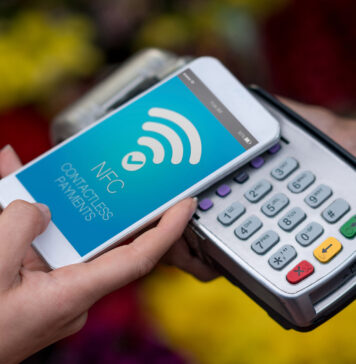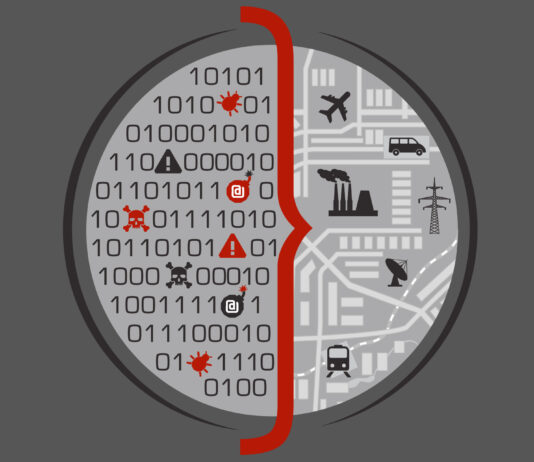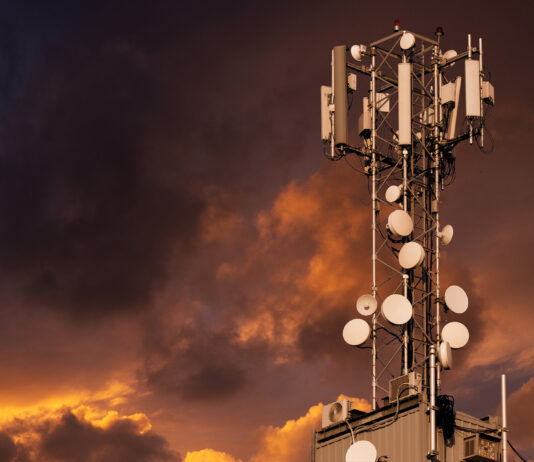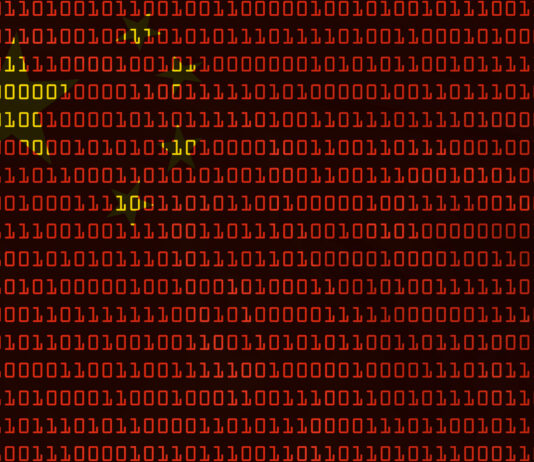Connecting physical objects and processes to the cyber world offers us capabilities that exponentially exceed the expectations of science fiction writers and futurists of past generations. But it also introduces disquieting possibilities. Those possibilities reach beyond cyberspace to threaten the physical world in which we live and – potentially – our own physical well-being. That's the threat of cyber-kinetic attacks.
Our physical world is becoming more connected – which makes it more dependent on the cyber world. Many physical objects around us are no longer just physical, but extend into cyberspace, being remotely monitored and controlled. Increasingly, our factories, cities,...
“Cyber war” is a term that is in recent days used so liberally that people may often wonder if these words are as menacing as they sound or used only as a tool to incite fear as a way to control a society that increasingly depends on technology.
How we prepare and respond to cyber attacks depends on whether we believe we are in cyber war. It influences how we estimate the risks, potential impacts, or insurance premiums. Preparation for and response to cyber war implies government involvement and that might mean handing over the control of our networks to...
Targeted cyberattacks against critical infrastructure (CI) are increasing on a global scale. Critical systems are rapidly being connected to the internet, affording attackers opportunities to target virtual systems that operate and monitor physical structures and physical processes through various modes of cyberattack.
When people think of cyberattacks, their minds often go first to the financial sector. After all, that’s the type of attack people hear about most frequently; it’s where the money is and it’s what seems most natural for cybercriminals to target. Enterprises frequently focus on such cyber-enabled financial crimes to the point that they give too little thought...
We live in a world in which the way we observe and control it is radically changing. Increasingly, we interact with physical objects through the filter of what computational systems embedded in them tell us, and we adjust them based on what those systems relate.
We do this on our phones, in our cars, in our homes, in our factories and, increasingly, in our cities. Physical objects are so interconnected that we simply take those connections for granted, as if being able to unlock your car by pushing a button on your key fob, unlocking it with your phone or...
Zigbee technology introduction
Zigbee is wireless PAN (Personal Area Network) technology developed to support automation, machine-to-machine communication, remote control and monitoring of IoT devices. It evolved from IEEE 802.15.4 wireless standard and supported by the ZigBee Alliance.
IEEE 802.15.4 standard determines specifications for the physical and data link layer and Zigbee Alliance provides standards from network layer to application layer. While Zigbee determines the contents of the transmitted message, the 802.15.4 standard provides details about the robust radio communication and medium access control.
The Zigbee Alliance, as a non-profit association, develops open global Zigbee standard for use in the Internet of Things...
Recently, in the science journal Nature, Google claimed ‘quantum supremacy’ saying that its quantum computer is the first to perform a calculation that would be practically impossible for a classical machine. This quantum computing breakthrough brings us closer to the arrival of functional quantum systems which will have a profound effect on today's security infrastructure. How will quantum computing affect the security of 5G technologies currently being developed and deployed?
Last spring we suggested that the emergence of quantum internet connectivity and computation, expected sometime in the next decade, poses numerous new cryptography and cybersecurity challenges for 5G security.
MIT offers...
The maritime industry faces a not-so-distant future when ships will be completely autonomous, using navigation data that they receive to plot their own courses with only minimal input from shoreside control centers. The efficiencies this could bring are massive, but before this happens, cybersecurity issues must be addressed. Not only are many vessels configured in ways that invite cyberattacks, but security practices also need to be improved before the industry can safely navigate its future.
An increasingly digitized maritime industry
A fleet of 250 autonomous vessels may launch soon. And that would be only the beginning, according to McKinsey and Co....
Don’t let the “5G” in the title confuse you. This post is not only about the telcos’ core networks, but about the 5G security and privacy issues in our (very) near, and very different future that 5G will enable. In the 5G-enabled massive Internet of Things (mIoT) world we’re about to find ourselves in, we are expected to have 1000 devices connected for every person… These devices will be the components of the ‘5G operating system’ for our smart cities, our industry 4.0, our smart homes, smart transportation, smart healthcare, and much more. To enable this future, we will...
I get accused of focusing too much on 5G as the only future IoT connectivity option. I do write a lot about how 5G will revolutionize our society, become the most critical of critical infrastructures and about security threats with 5G. I see 5G, with its low latency, high bandwidth, network slicing and ubiquitous coverage becoming the foundational capability for mission critical industrial, agricultural, financial, medical, education, energy and transportation, even military and emergency services IoT communication needs.
That’s not to say that 5G is the only IoT connectivity option. There are plenty of others.
IoT applications have some common requirements...
Below is my attempt to list of all published 5G, IoT and "Smart Everything"-related security guidelines, frameworks and standards. If you are aware of additional entries that should be here, please let me know at [email protected]
A growing number of today’s entertainment options show protagonists battling cyber-attacks that target the systems at the heart of our critical infrastructure whose failure would cripple modern society. It’s easy to watch such shows and pass off their plots as something that could never happen. The chilling reality is that those plots are often based on real cyber-kinetic threats that either have already happened, are already possible, or are dangerously close to becoming reality.
Cyberattacks occur daily around the world. Only when one achieves sufficient scope to grab the attention of the news media – such as the WannaCry ransomware...
Stuxnet was the first true cyber-kinetic weapon, designed to cripple the Iranian – and perhaps also the North Korean – nuclear weapon programs. It succeeded in slowing the Iranian program, although it was discovered before it could deal the program a fatal blow.
Its significance goes far beyond what it did. It marks a clear turning point in the military history and cybersecurity. Its developers hoped for a weapon that could destroy strategic targets without civilian damage possible in traditional warfare. Instead, it opened the door to cyberattacks that can deliver widespread disruption to the very civilian populations it was...
The fact that cyber-kinetic attacks rarely appear on mainstream news doesn’t mean they don’t happen. They happen more frequently than you would think. Many, for various reasons, aren’t even reported to agencies charged with combatting them.
This hinders security experts in understanding the full scope and recognizing the trends in this growing problem. We’ll highlight examples of cyber-kinetic incidents and attacks in this chapter. Some were malfunctions that, nonetheless, demonstrated cyber-physical system vulnerabilities. Some were collateral damage from hacking or computer viruses. The vulnerabilities these exposed inspired a growing number of targeted cyber-kinetic attacks in recent years.
The Beginning of Cyber-Kinetic...
Western publications often picture the People’s Democratic Republic of China (hereafter China) as the world’s chief propagator of cyberattacks. But the picture is much more complex than such broad-brush claims suggest.
Few Westerners realize that China and its neighbours in the Greater China region (Taiwan, Macau and Hong Kong) have, over last few years, became the most technologically advanced region in the world – ahead of the West in the adoption, and in many cases even in the development of advanced technologies.
Countries in the region were always close to the top of the list of victims of cyberattacks. Factors, such...
Cybersecurity strategies need to change in order to address the new issues that Machine Learning (ML) and Artificial Intelligence (AI) bring into the equation. Although those issues have not yet reached crisis stage, signs are clear that they will need to be addressed – and soon – if cyberattackers are to be prevented from obtaining a decided advantage in the continuing arms race between hackers and those who keep organizations’ systems secure.
ML and AI can magnify existing vulnerabilities and open the door to new attack strategies. At the same time, though, they offer new tools to help organizations secure...


















